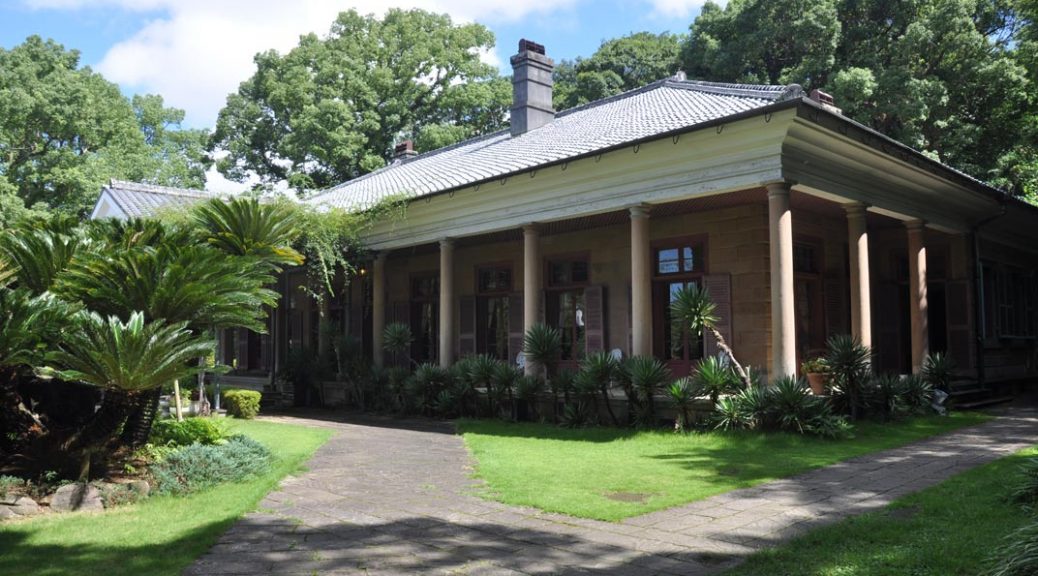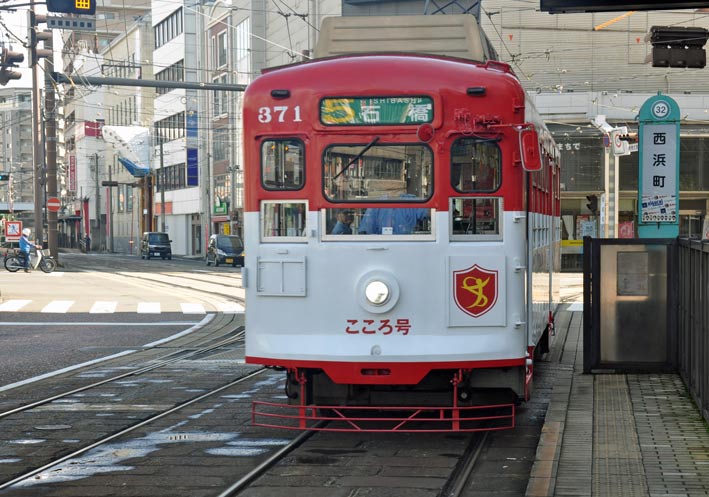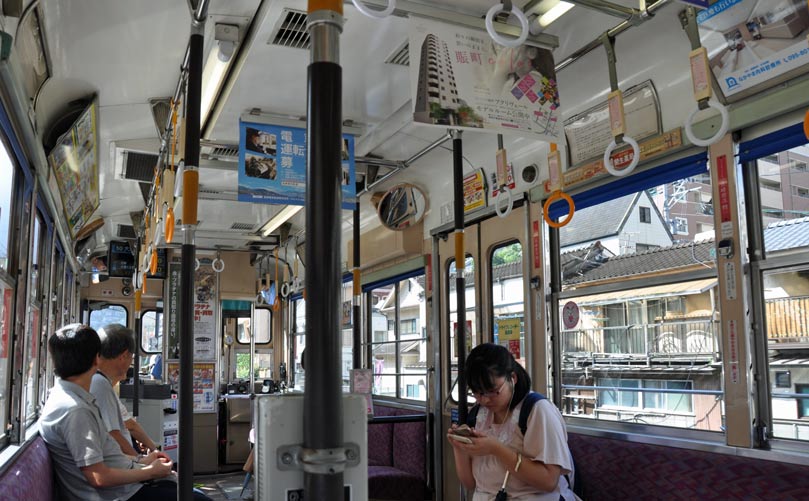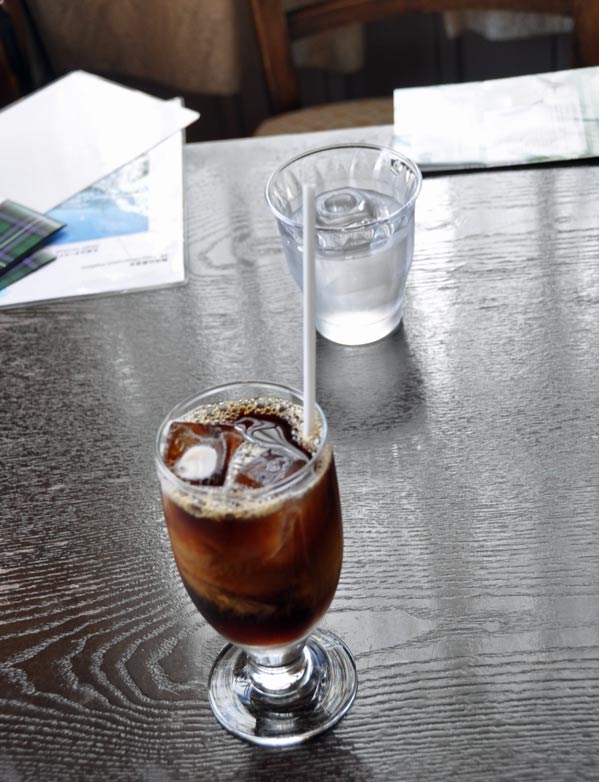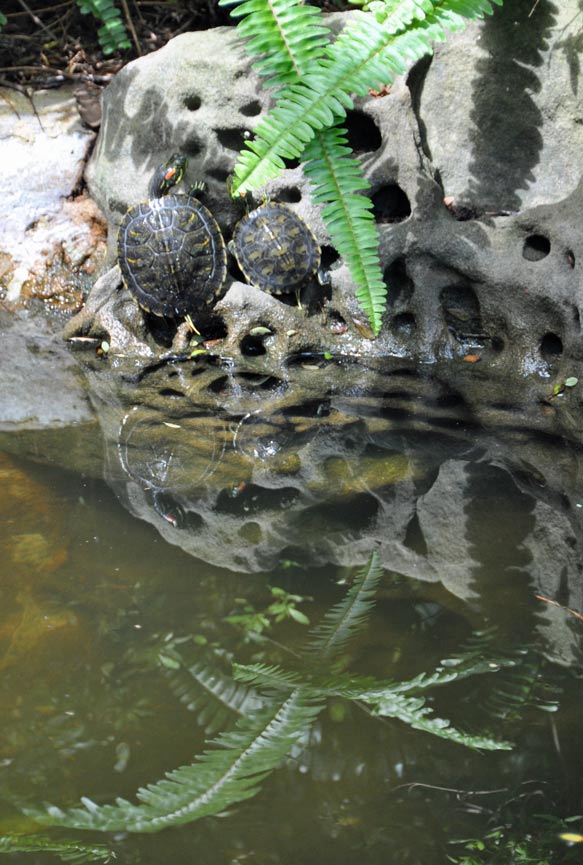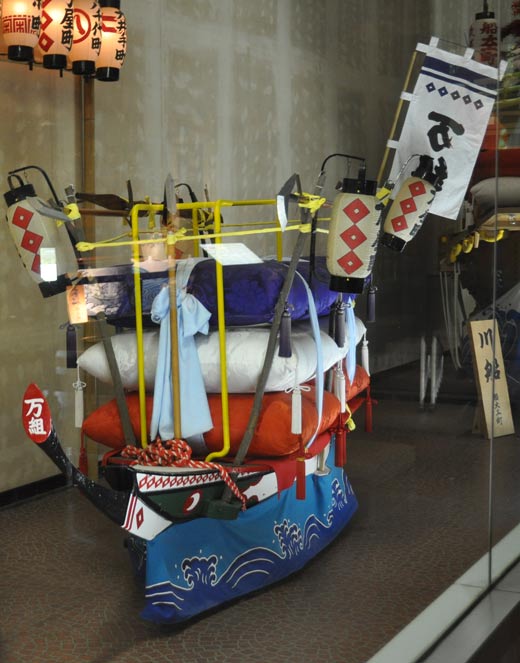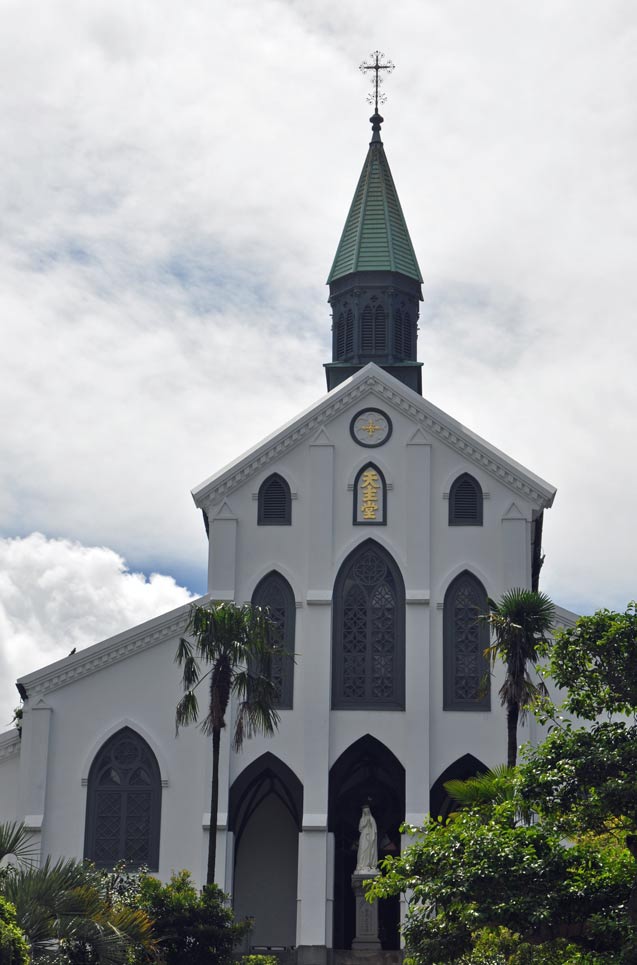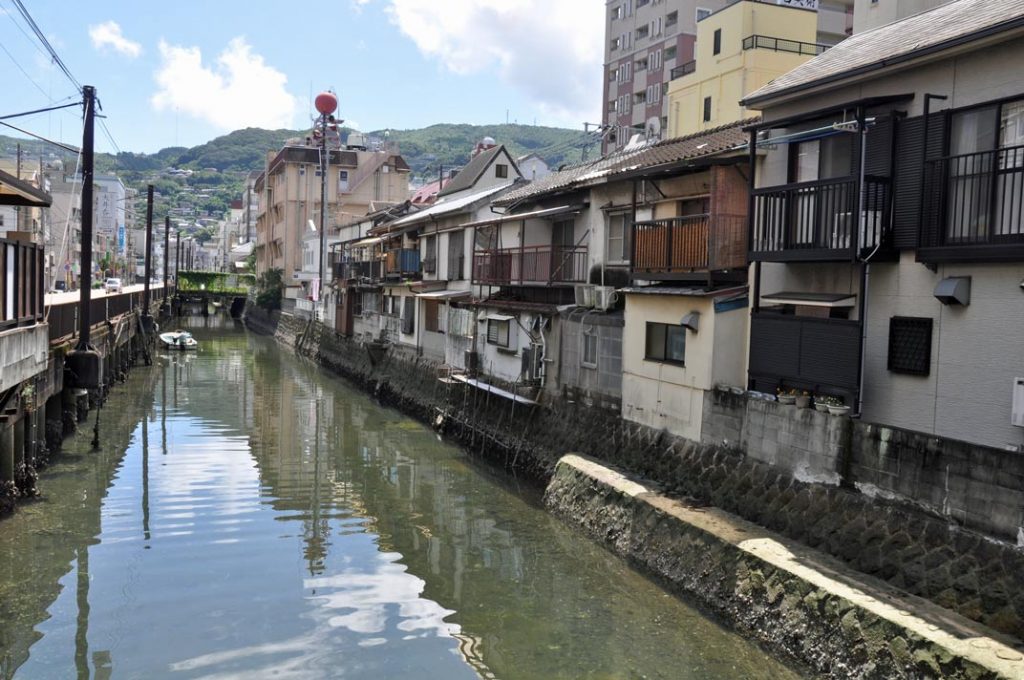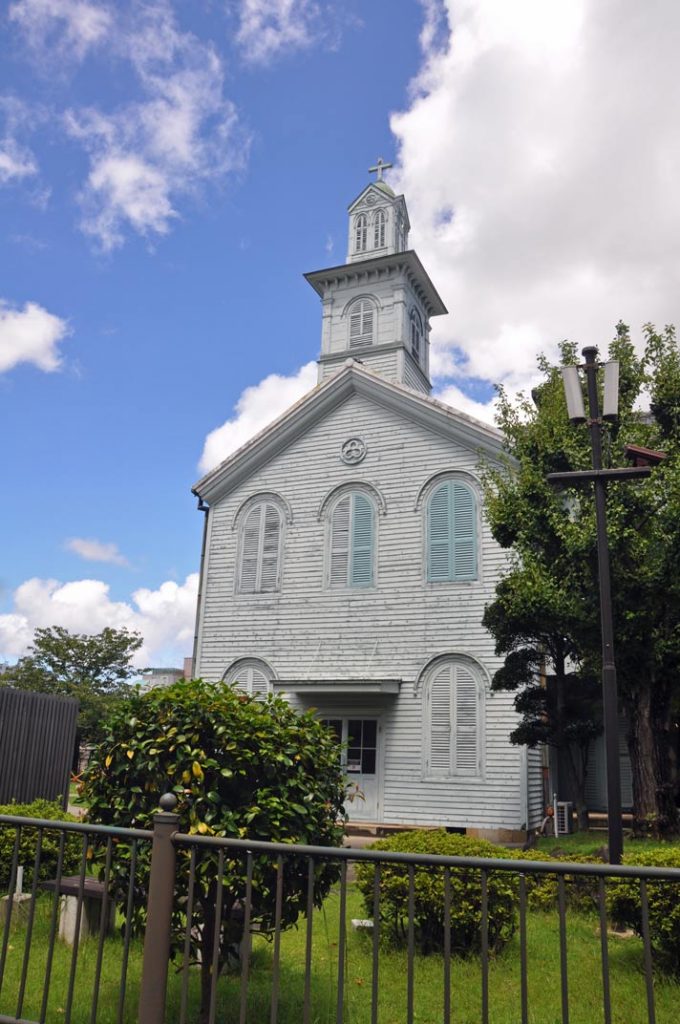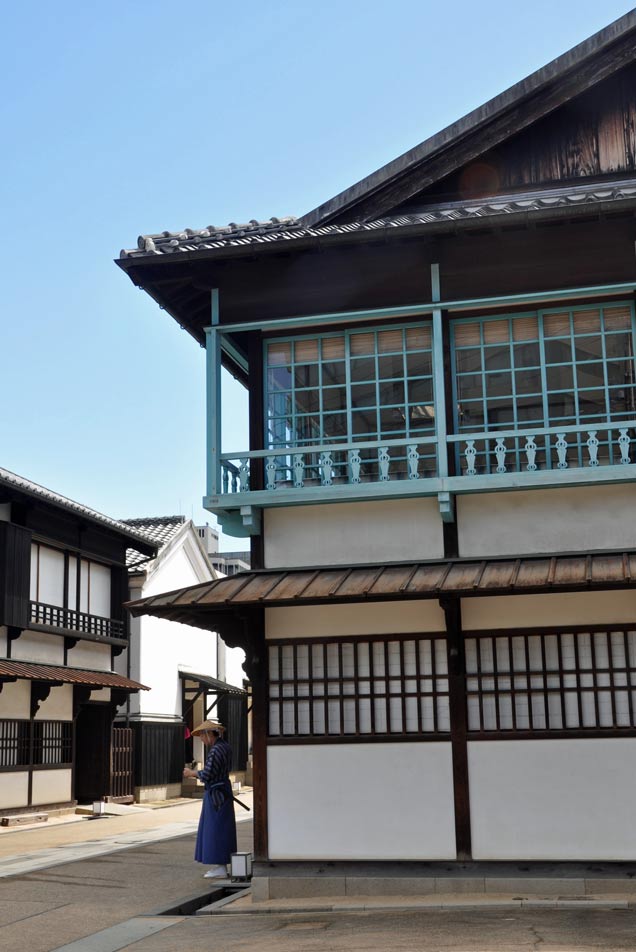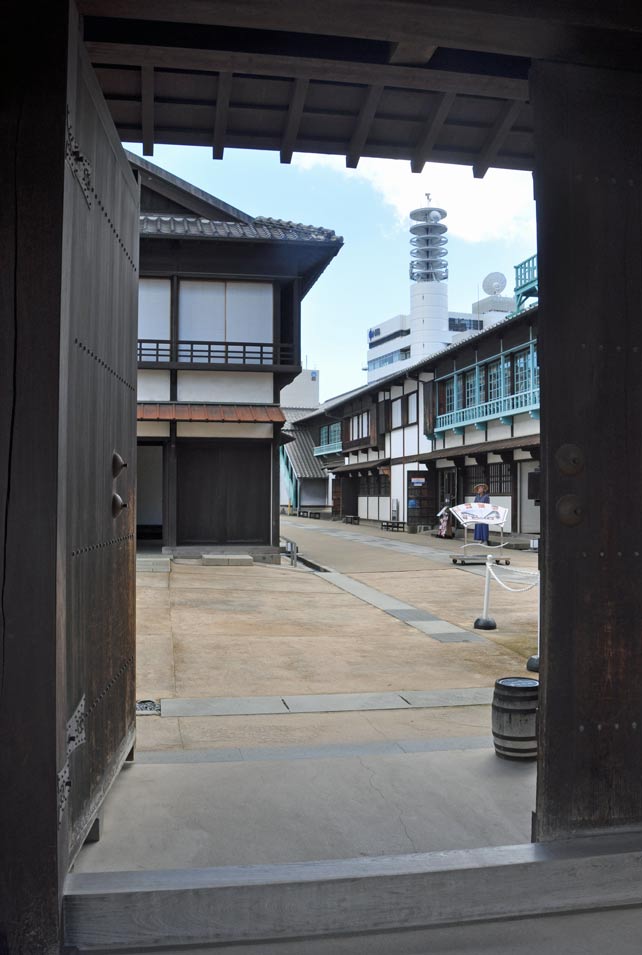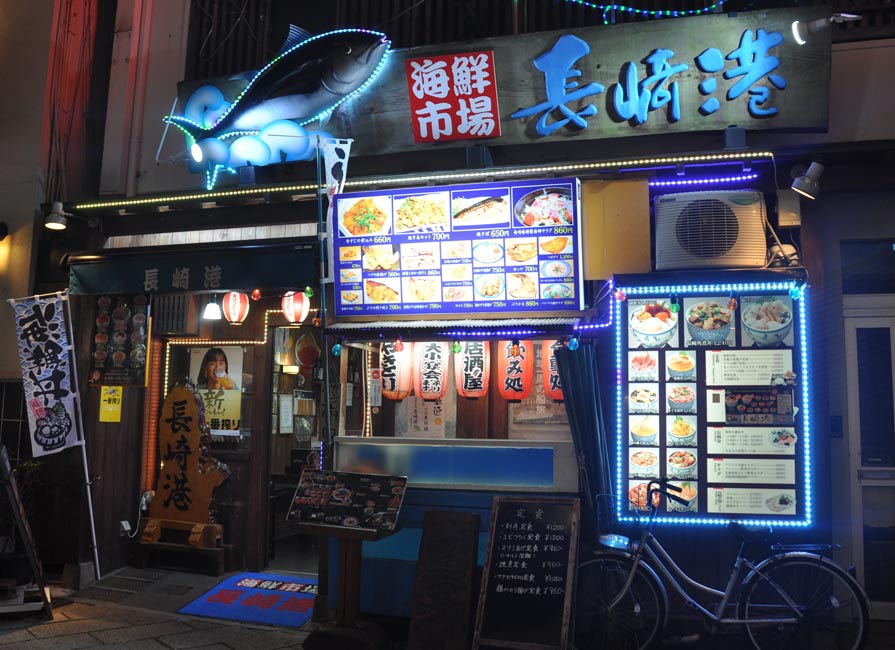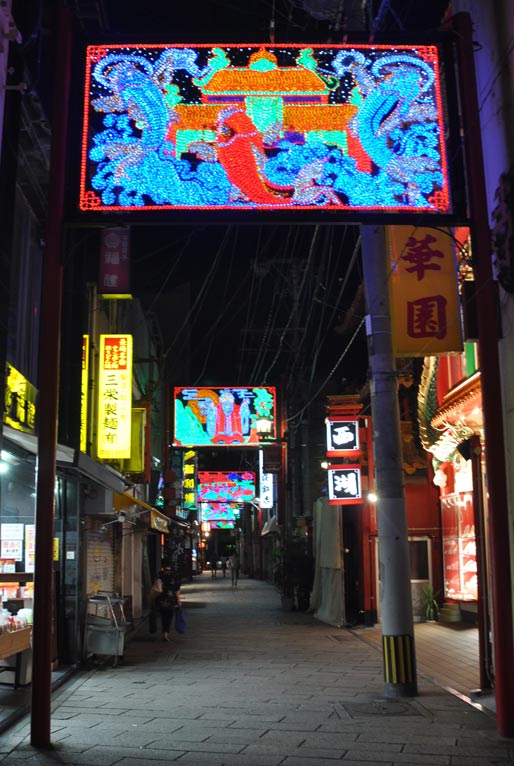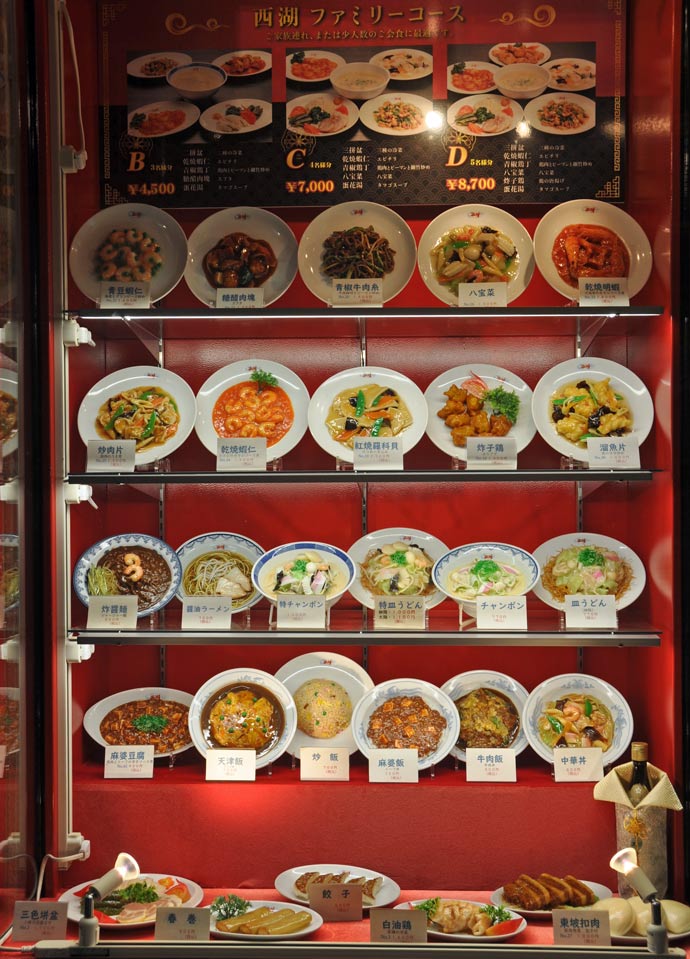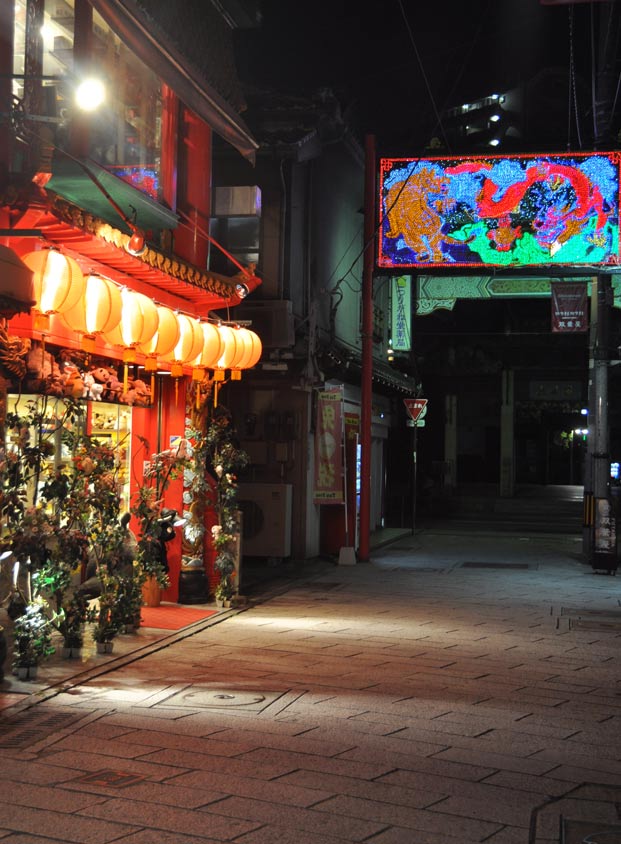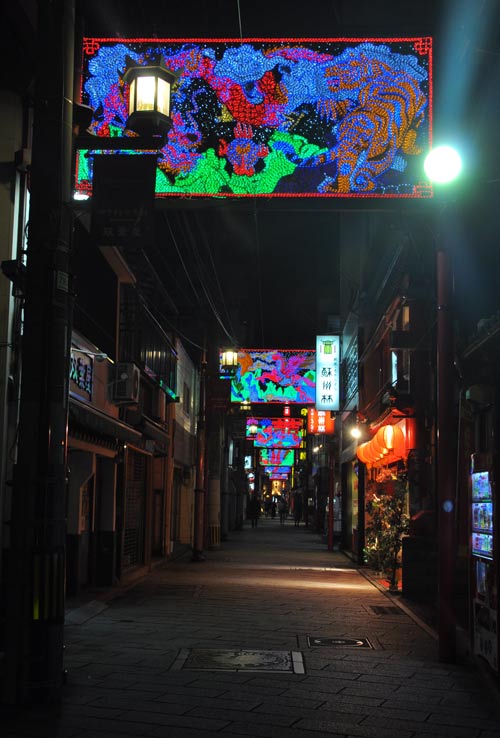Heading relentlessly west from Tokyo, through the countryside, through Osaka and Hiroshima, eventually if you keep going as we did, you reach the city of Nagasaki.
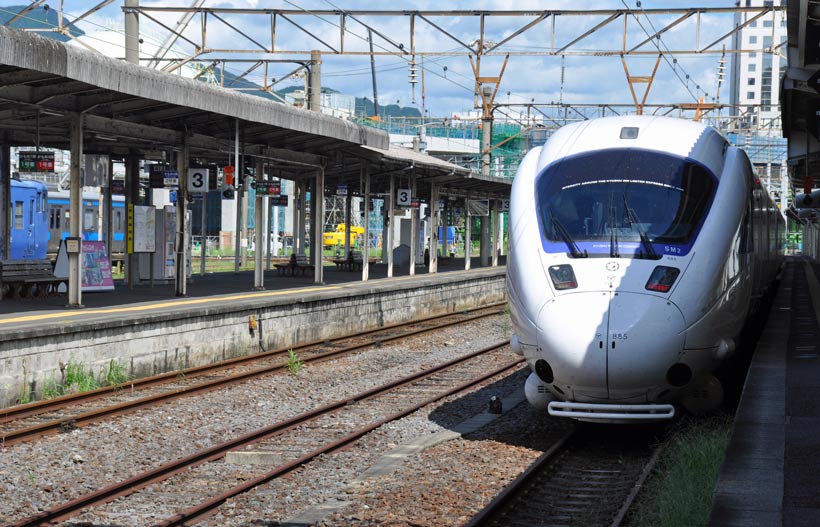
Nagasaki (Japanese: 長崎, “Long Cape“) is the capital and the largest city of the Nagasaki prefecture on the island of Kyushu in Japan.
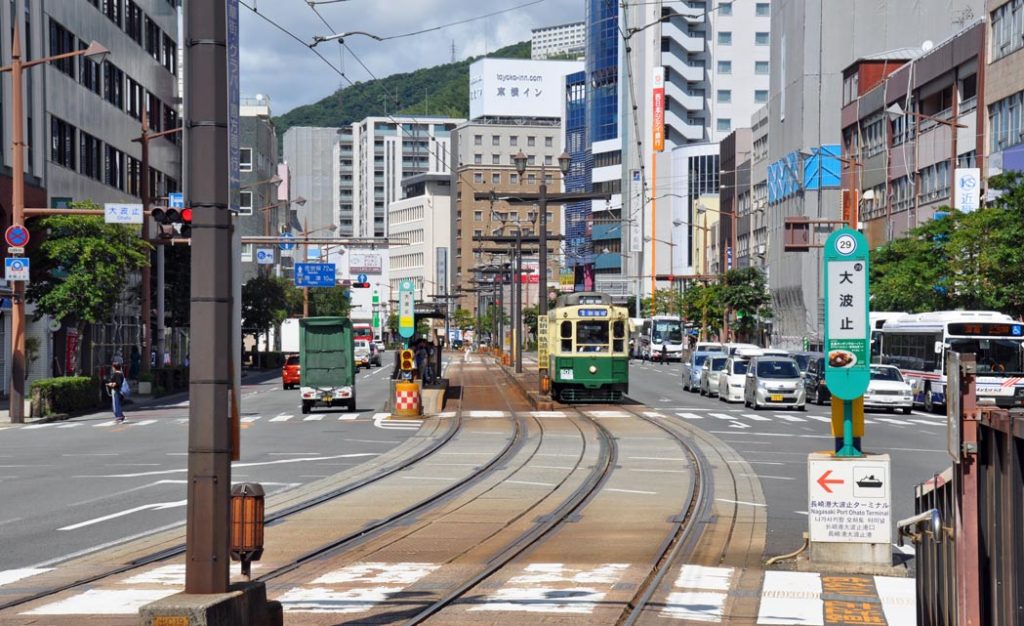
It is an easy city to get around with plentiful, reliable and safe tramlines.

It became the sole port used for trade with the Portuguese and Dutch during the 16th through 19th centuries.
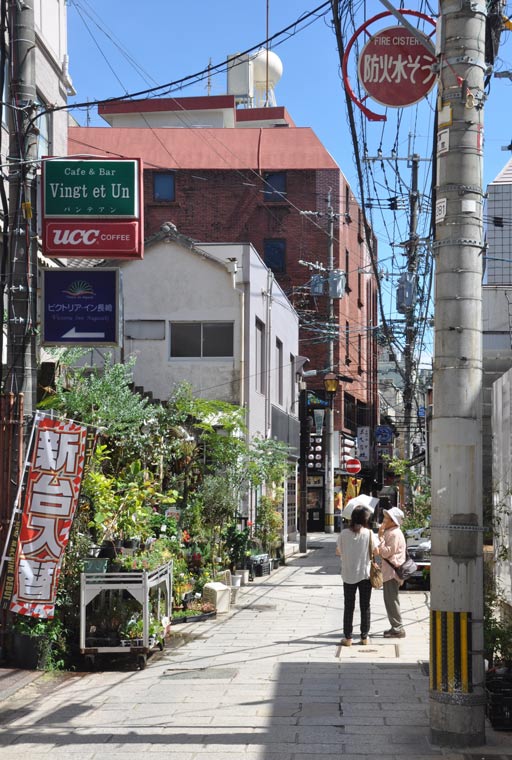
There are many possible reasons for wanting to visit, not least the memorial to the atomic bombing of the city, similar to Hiroshima. During WW2, the American atomic bombing of the city made Nagasaki the second and, to date, last city in the world to experience a nuclear attack (at 11:02 a.m., August 9, 1945 ‘Japan Standard Time (UTC+9)’).
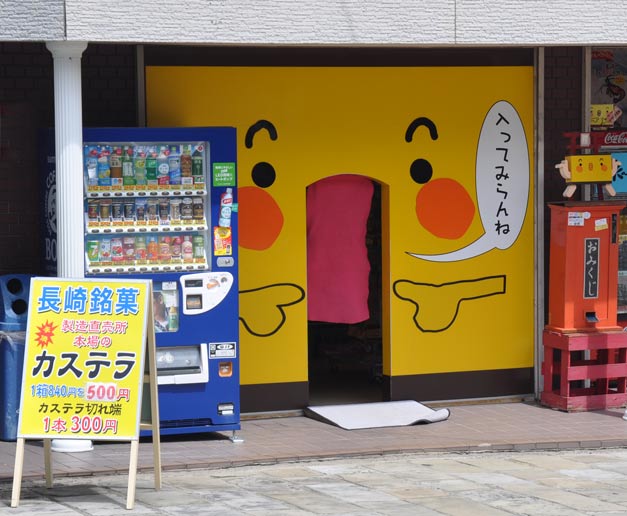

The Hidden Christian Sites in the Nagasaki region have been recognized and included in the UNESCO World Heritage List. Part of Nagasaki was home to a major Imperial Japanese navy base during the First Sino-Japanese War and Russo-Japanese War.

But for us, the main reason was to try and get a feel for the early life of European traders who were segregated away from the Japanese population into ghettoes, both for work and for life.
Even the fact that the European ghetto lies up on top of the hillside is mitigated by a covered outdoor escalator and/or a outdoor life that will take you up to the top of the Gardens.

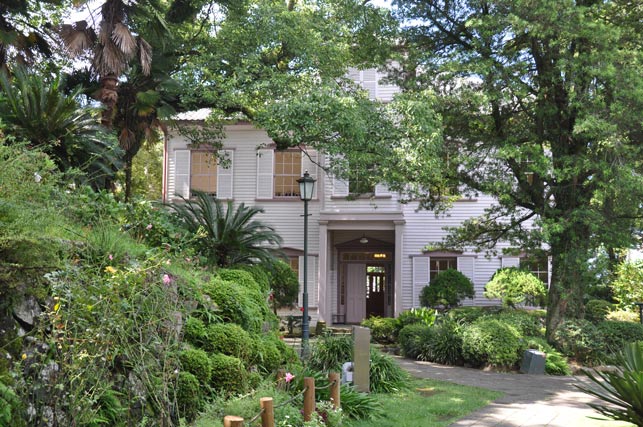

Glover Garden (グラバー園, Gurabāen) is a park in Nagasaki built for Thomas Blake Glover, a Scottish merchant who contributed to the modernization of Japan in shipbuilding, coal mining, and other fields.
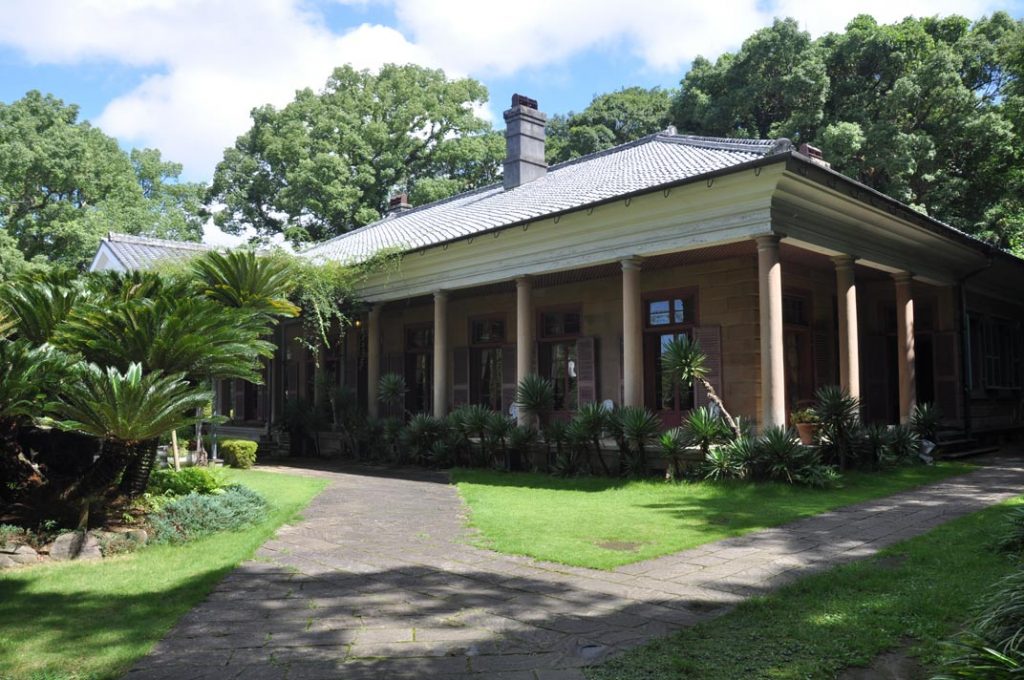
In amongst other western style houses, stands the Glover Residence, the oldest Western style house surviving in Japan and Nagasaki’s foremost tourist attraction.
It has the bonus of being located on the Minamiyamate hillside overlooking Nagasaki harbor. It was built by Hidenoshin Koyama and completed in 1863 and is now designated as an Important Cultural Asset for Japan.

From the coffee shop located in one of the historic buildings there is a wonderful view of the harbour.
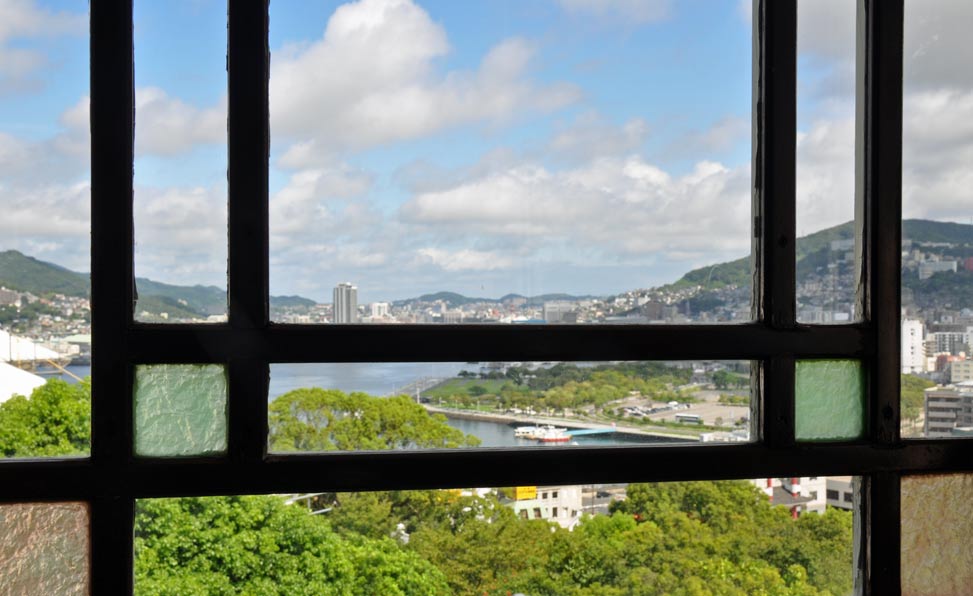
Because although it’s major city, with a population of around half a million, it still feels very human in scale, surrounded by hills around a beautiful natural harbour.
Outside of Glover Park you can still find the remains of Dejima, a small artificial island originally located in the bay of Nagasaki but now incorporated into the city itself.
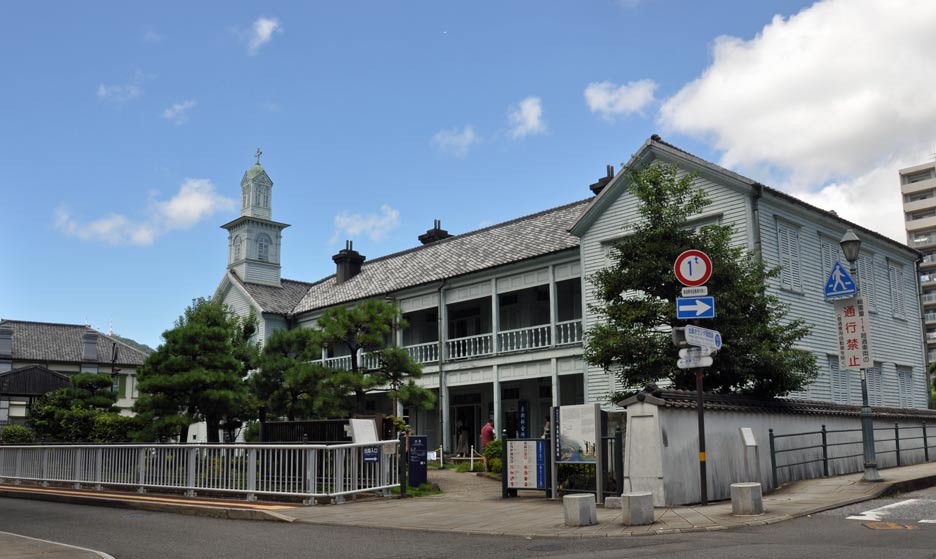
Dejima was built in 1634 to house Portuguese traders and separate them from Japanese society by digging a canal through a small peninsula.
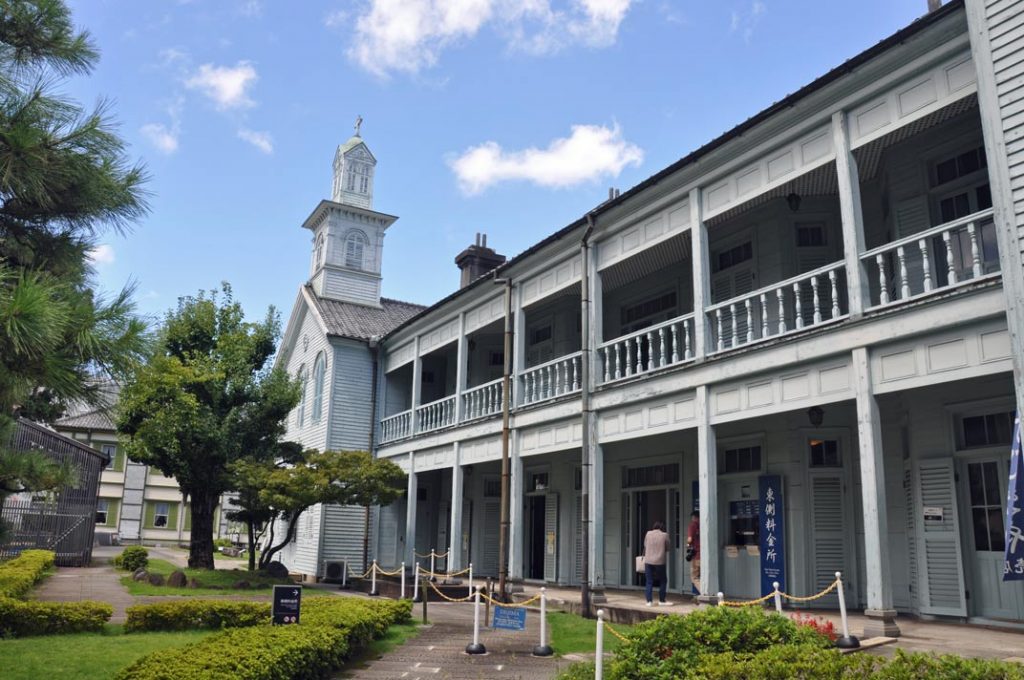
The Dutch were moved to Dejima in 1641 and during most of the Edo period the island was the single place of direct trade and exchange between Japan and the outside world.
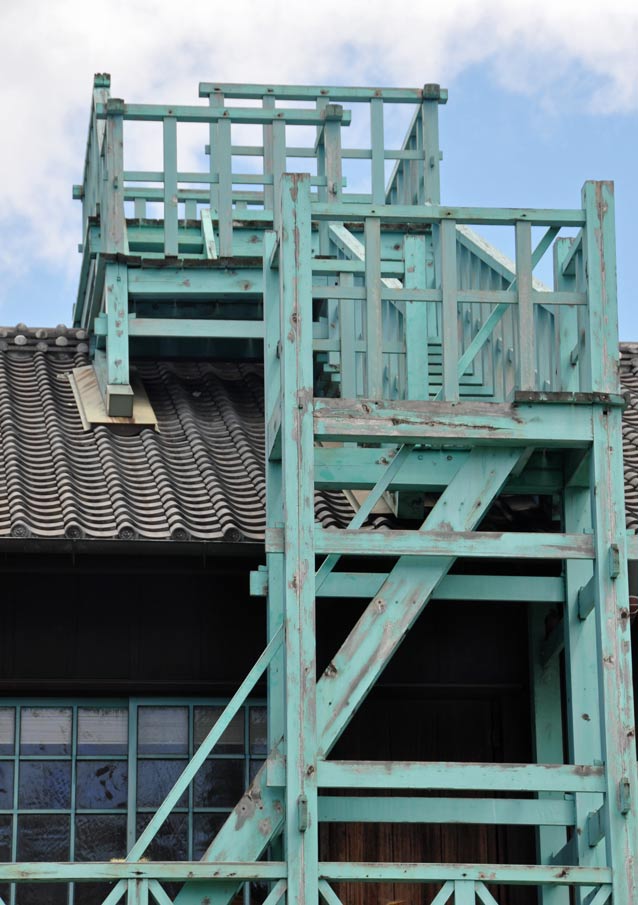
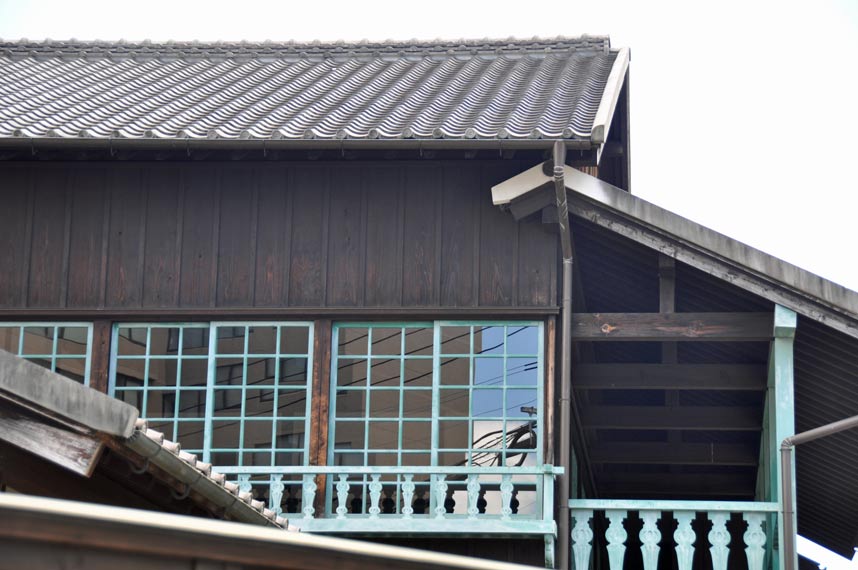
Dejima was abolished after the Treaty of Kanagwa in 1854 and the island was later integrated into Nagasaki city through land reclamation.
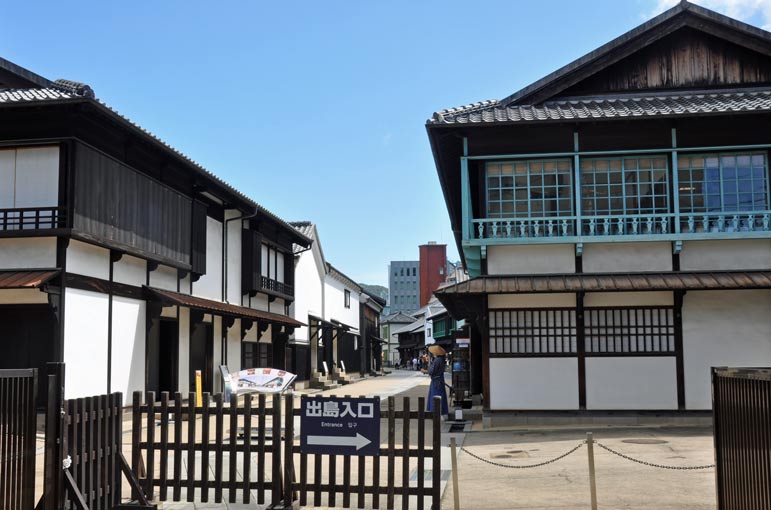
Nagasaki feels as though it is one of the few Japanese cities to have been foreign influenced in any way, not just the existence of the European ghettoes but a real and vibrant Chinatown.

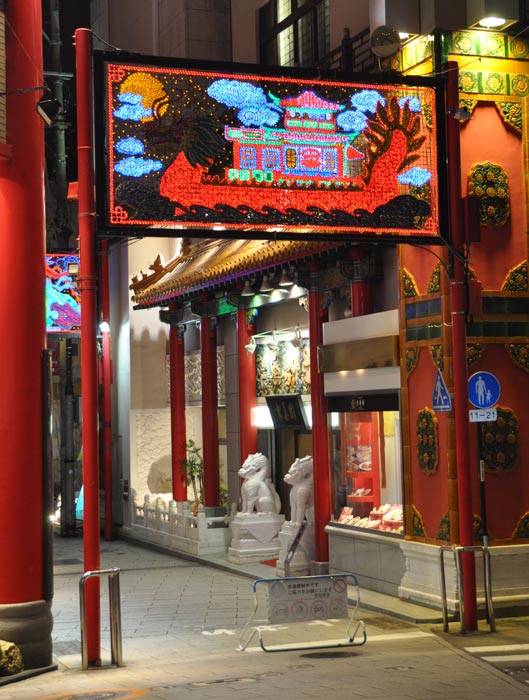
As well as the relics throughout town of it’s European past.
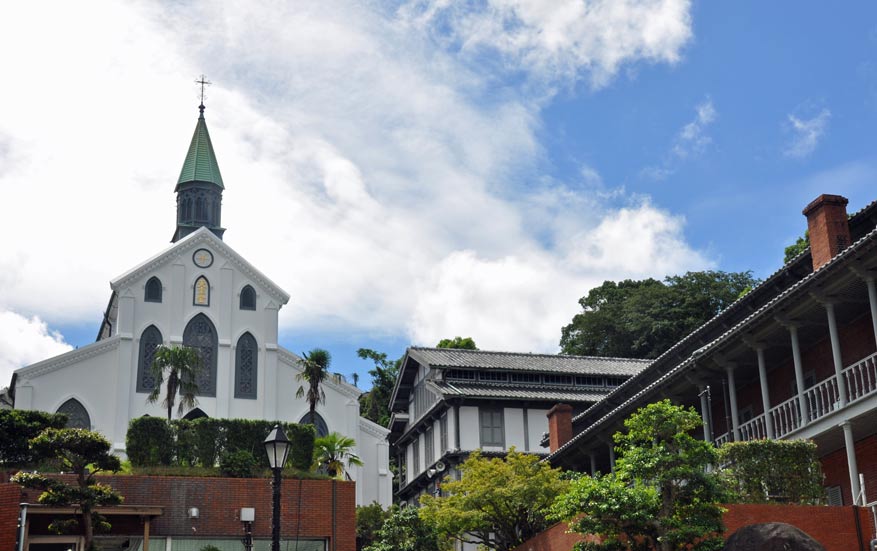
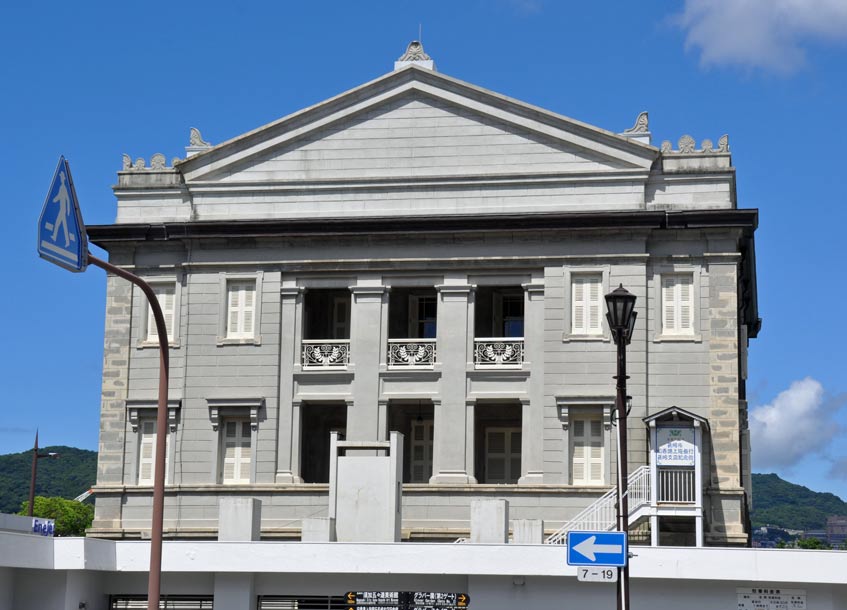
Like all Japanese cities it feels incredibly safe and secure for tourists even at nighttime.
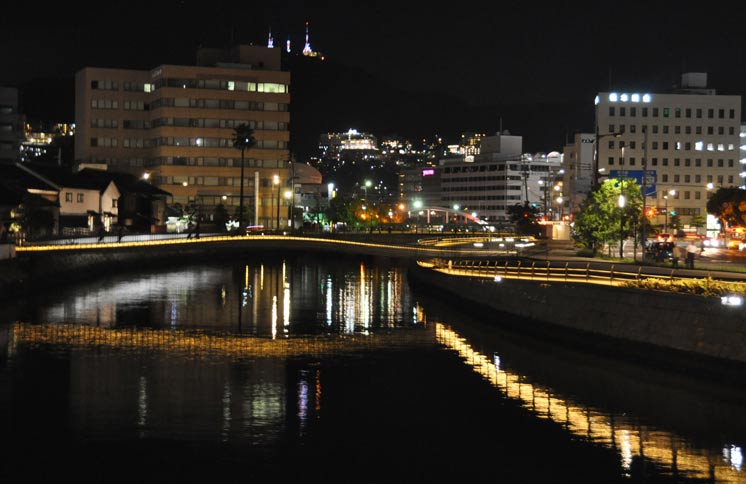
Nagasaki Gallery:

